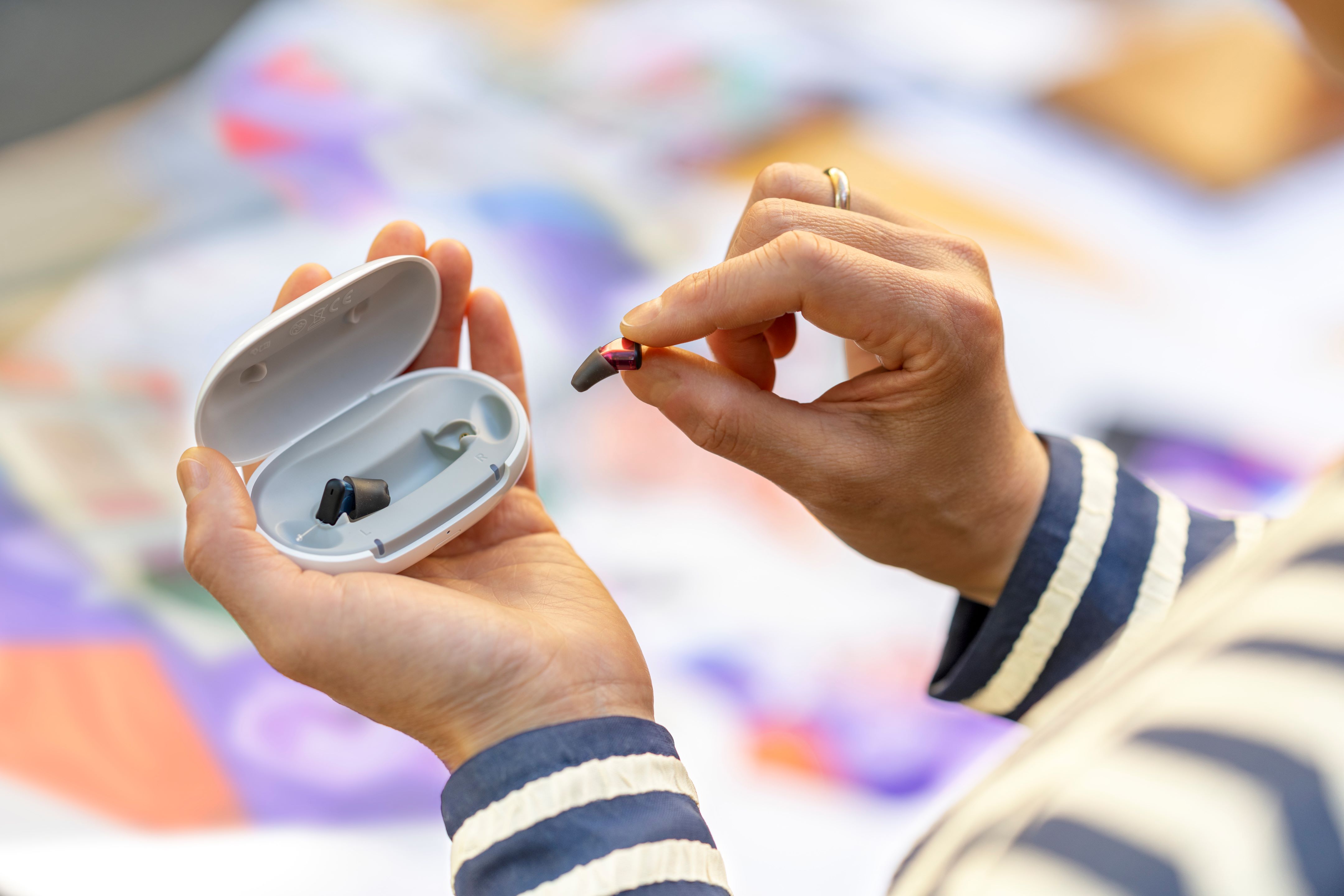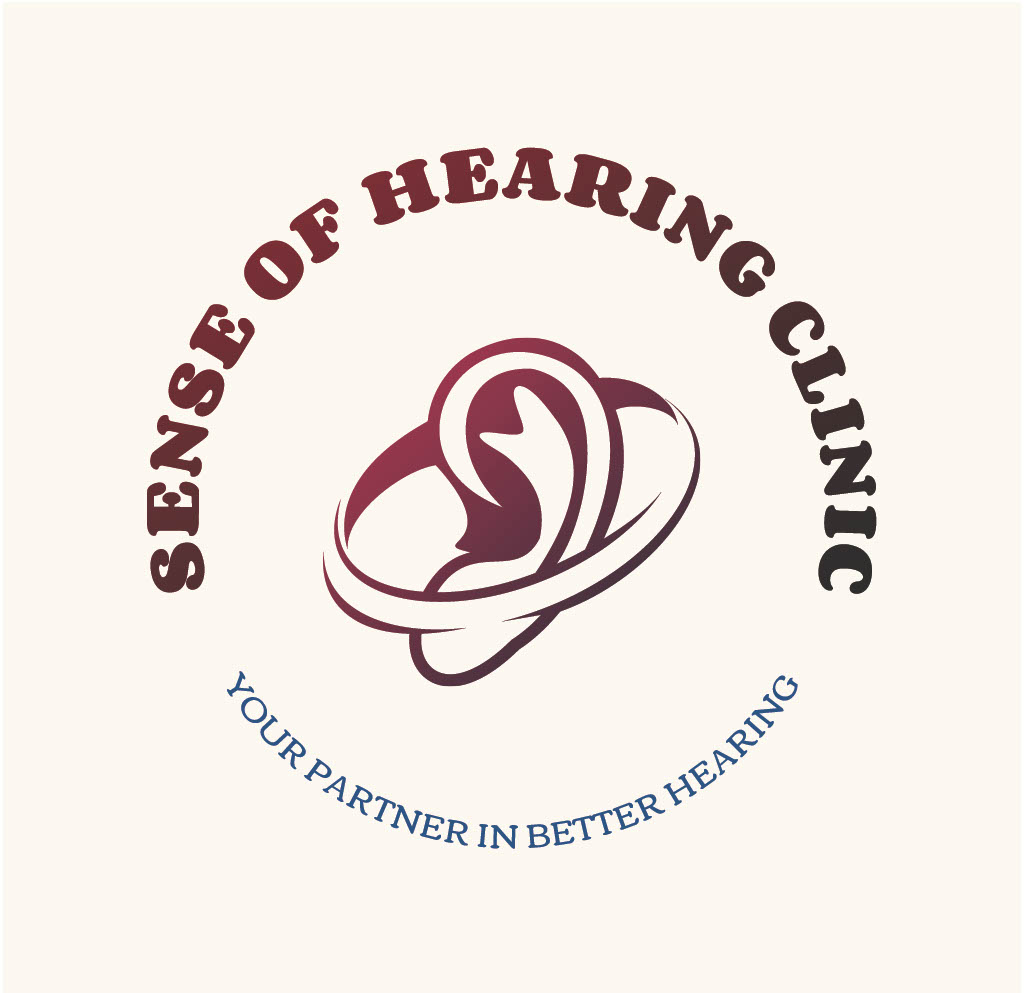Proper care and maintenance of your hearing aids is essential for optimal performance, longevity, and your continued hearing health. With the right care routine, your hearing aids can provide years of reliable service.

Daily Care Routine
Establish a daily routine to keep your hearing aids clean and functioning properly:
- Evening cleaning: Wipe with a dry, soft cloth before bed
- Check for wax: Remove any visible earwax buildup
- Open battery door: Allow air circulation overnight
- Store safely: Use a protective case or dehumidifier
Moisture Protection
Moisture is one of the biggest threats to hearing aid electronics:
- Remove before showering: Never wear in water
- Use dehumidifier: Store in drying kit overnight
- Avoid humidity: Keep away from steam and excessive moisture
- Dry hands: Handle with clean, dry hands only
What NOT to Do
Never use water, cleaning solvents, alcohol, or household cleaners on your hearing aids. Avoid using cotton swabs in the microphone or receiver ports, and never attempt to repair them yourself.
Battery Care and Management
Traditional Batteries
- • Remove tab only when ready to use
- • Wait 1-2 minutes after removing tab before inserting
- • Store in cool, dry place
- • Check expiration dates
- • Remove batteries if not using for extended periods
- • Dispose of used batteries properly
Rechargeable Systems
- • Charge every night in the provided charger
- • Keep charging contacts clean
- • Use only manufacturer's charger
- • Replace charging case as recommended
- • Monitor charging indicators
- • Contact audiologist if charging issues occur
Weekly and Monthly Maintenance
Weekly Tasks
- • Deep clean with provided tools
- • Check and clean wax guards/filters
- • Inspect tubing for cracks or blockages
- • Test all program settings
- • Check volume controls
- • Clean charging contacts (rechargeable models)
Monthly Tasks
- • Replace wax guards/filters
- • Deep dehumidification treatment
- • Check for physical damage
- • Test emergency backup batteries
- • Review performance with family
- • Schedule professional check if needed
Troubleshooting Common Issues
No Sound or Weak Sound
- • Check battery level/charge
- • Ensure hearing aid is turned on
- • Check for wax blockage
- • Verify correct program setting
- • Clean microphone ports
- • Check tubing for blockages
Whistling or Feedback
- • Check for proper fit in ear
- • Look for cracks in tubing
- • Ensure ear canal is clear of wax
- • Check volume level
- • Verify earmold/dome condition
- • Contact audiologist if persistent
Distorted or Unclear Sound
- • Clean microphone and receiver
- • Check for moisture damage
- • Replace wax guards
- • Verify battery strength
- • Check program settings
- • Professional cleaning may be needed
Physical Discomfort
- • Check for proper insertion
- • Look for rough edges or cracks
- • Ensure correct size dome/earmold
- • Clean ear canal gently
- • Take breaks if irritation occurs
- • Schedule fitting adjustment
Professional Maintenance Schedule
Every 3-6 months: Professional cleaning and performance check
Annually: Comprehensive hearing test and hearing aid adjustment
As needed: Repairs, warranty service, and fitting adjustments
When to Seek Professional Help
Immediate Attention Needed:
- • Complete hearing aid failure
- • Physical damage or cracks
- • Persistent feedback despite troubleshooting
- • Ear pain or irritation
- • Sudden change in hearing
Routine Professional Care:
- • Regular cleaning and maintenance
- • Performance optimization
- • Warranty service and repairs
- • Fitting adjustments
- • Technology updates and upgrades
